The
Facts:
Deafness is more than just hearing loss.
Unique culture. Rich language. 70 million strong.
The hearing world tends to think of deafness as a disability, but many Deaf do not regard their deafness as a physical handicap. It is simply the way they are and is a distinction that they live with comfortably. In all of the ways that really matter, Deaf people around the world are part of a unique culture that transcends traditional borders.
In keeping with this belief, DOOR International strives to reach Deaf around the world for Christ. Of the world's 70 million Deaf people, less than 2% know and follow Jesus.
Many Deaf, if given the opportunity to become hearing, would refuse.
Deafness is their way of life, an important part of who they are. Because of their unique experiences growing up Deaf in a hearing world, Deaf people worldwide share many of the same beliefs, customs, and norms of behavior.



Many deaf children don't share a language in common with their parents.
Unlike most children, the majority of deaf kids learn language from their deaf peers and teachers, not from their parents. Because a vast majority of Deaf children are born into households where both parents can hear, and neither knows or learns sign language, the language barrier becomes an information and cultural barrier. Deaf children become isolated from the culture of the rest of their family.

Not all deaf people experience healthy family life.
90% of Deaf people are born into Hearing families (both parents are hearing). Of these, over 85% of those parents will choose not to learn sign language or to sign with their Deaf child. (The numbers are much higher in developing countries or rural areas.) This creates a lot of frustration in communication between child and parents. Many times Deaf children will struggle to follow conversations in their family, and when they ask their parents, the parents will be unable to communicate the concept well, so they will often say, “Don’t worry, it’s not important.” If you hear this often enough, you start to believe that you’re not important. This also causes Deaf children to miss out on everyday information that Hearing children typically pick up just by overhearing conversations.
This dysfunctionality is something that our “2-by-2” Deaf teams often have to work through with Deaf adults. Many Deaf adults around the world have never learned what a healthy marriage and family life should look like, and they can carry these wrong ideas into their own marriages and parenting. Thus, an important piece of supporting strong families in the Deaf community is teaching married couples about God’s design for their marriage. and for them as parents.
90% of deaf are born to hearing parents.
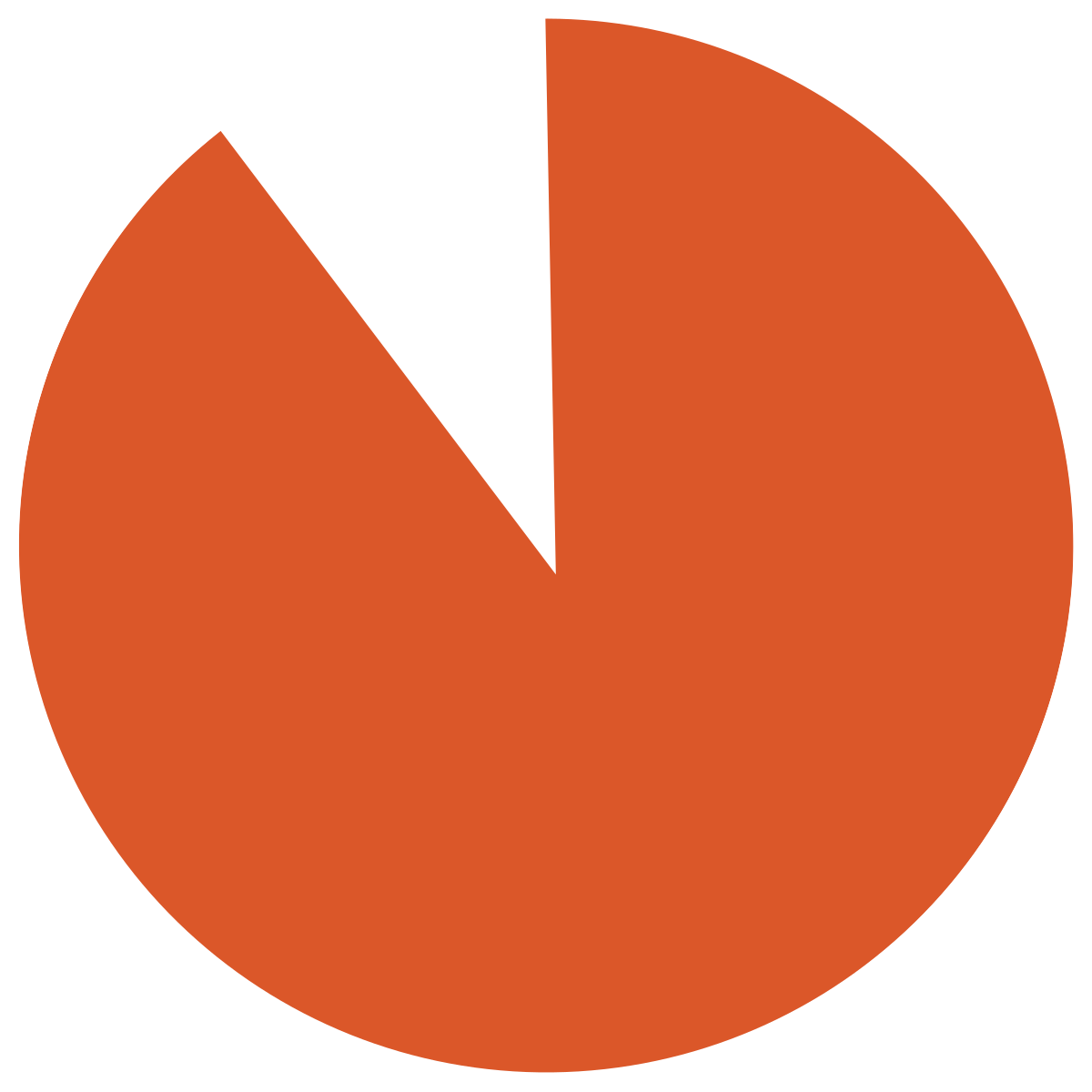
Very few of those parents learn sign language.

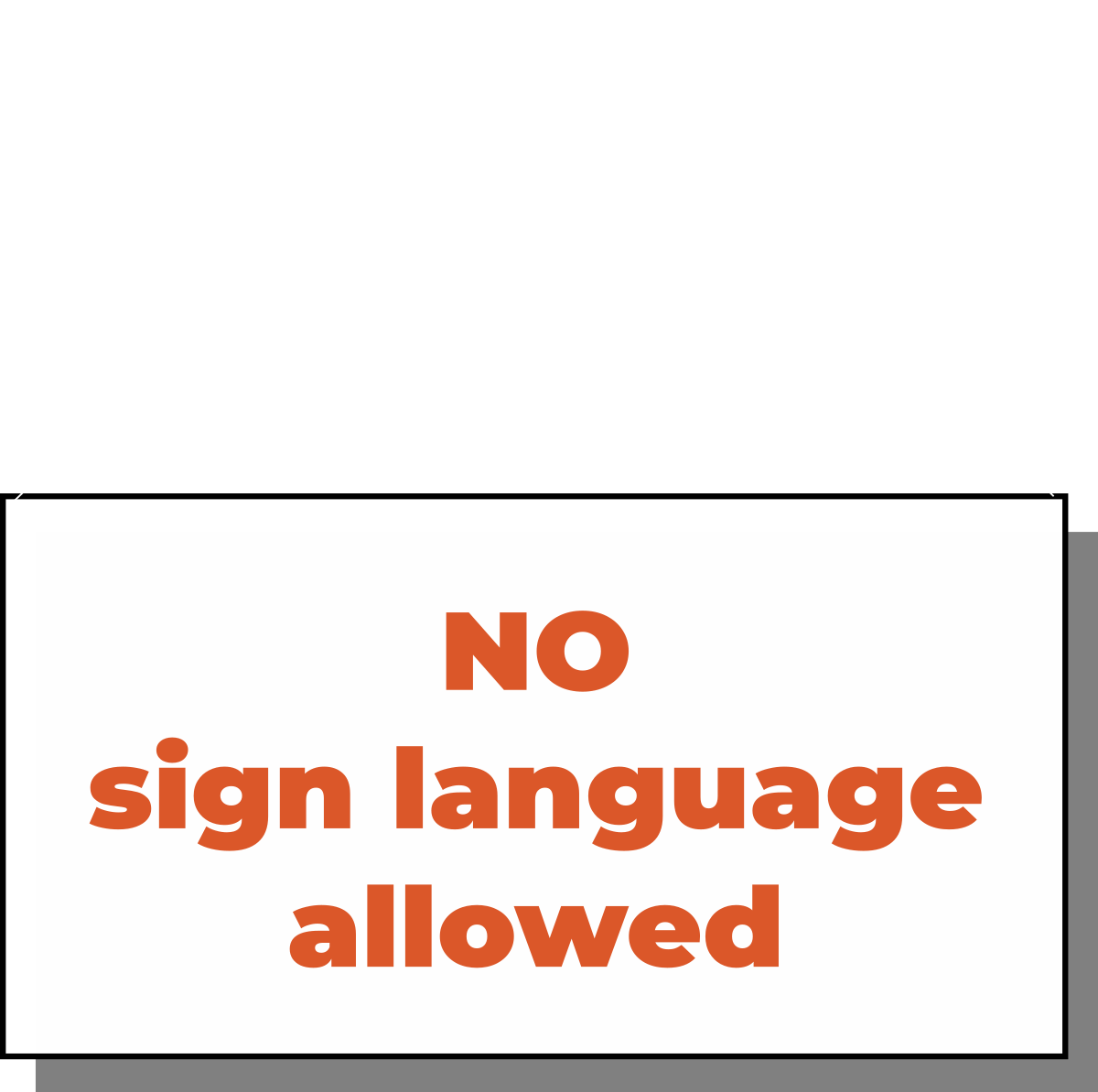
The deaf community has experienced centuries of oppression.
Members of Deaf culture have a shared history; unfortunately a significant portion of this history was oppressive. There were many eras when sign language was forbidden, speech was forced and Deaf people were looked down upon. Schools that emphasize lip reading and voicing (and forbid sign language) are called oral schools. Many students struggle to understand material presented to them, as it is done through written means. Students are sometimes punished for signing within the classroom.

Language is learned at school and from other deaf.
Deaf schools are also an important part of Deaf culture. It is at these schools that the traditions of Deaf culture and sign language are passed on to the next generation. The language of the Deaf is of central importance in the culture. It is through sign language that Deaf people are able to communicate with the world.

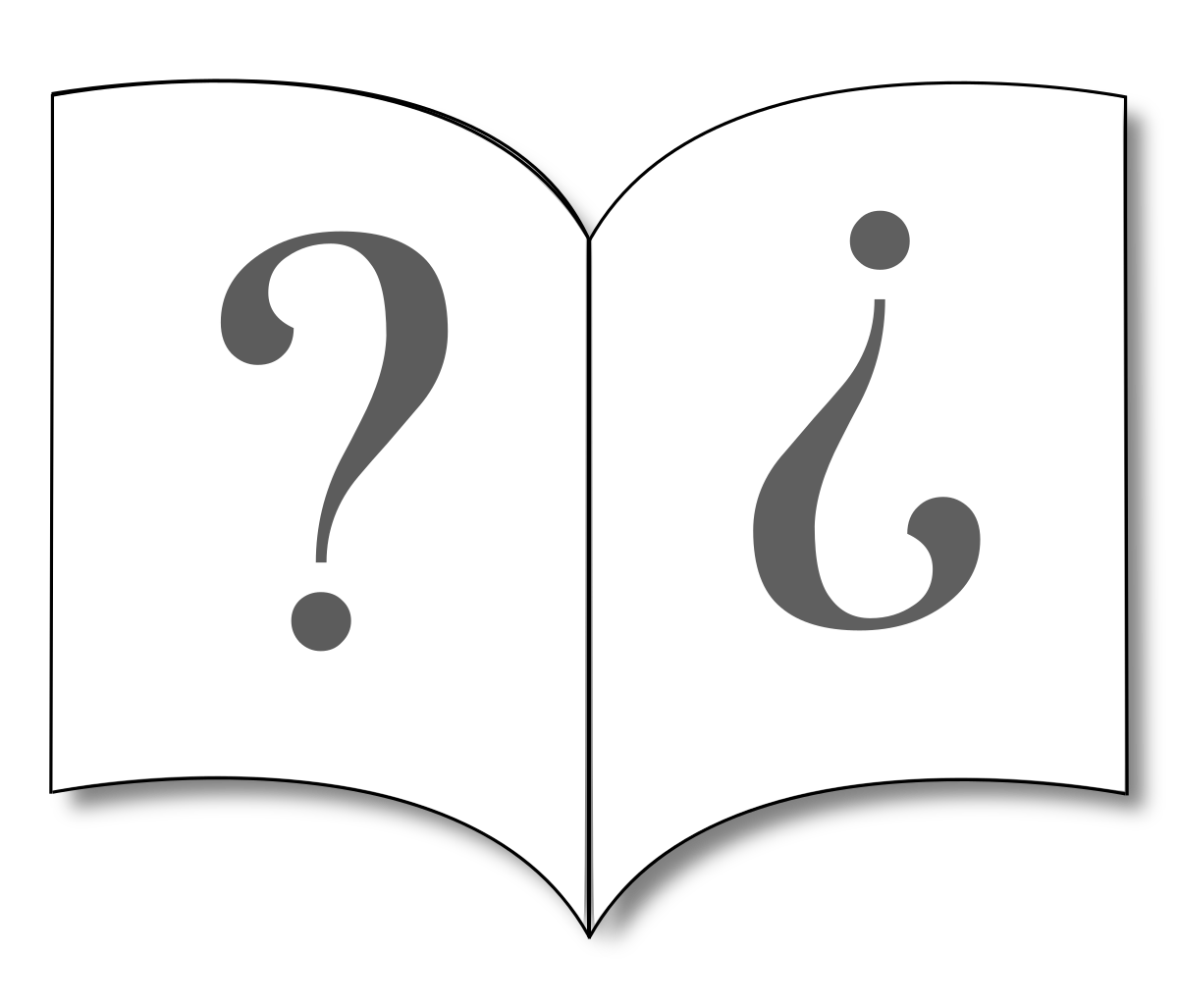
Many Deaf people don't read and write well.
The reading ability of Deaf people varies widely. What is it like to be Deaf? If you are a hearing person, can you imagine what it would be like if you lost your hearing right now? How would you access information? Probably by reading books, newspapers, the Internet, etc. But you learned to read English by hearing it before you learned to read it. You were fluent in the language by the time you began to read.
For Deaf people, the experience is very different. Many Deaf people (especially in developing countries) have little exposure to language prior to entering school, which makes learning to read much more difficult. This is not to say that Deaf people cannot read. Some Deaf people are very proficient at reading. But a majority of the Deaf worldwide struggle to read, and the quickest way to reach them with the gospel is not to teach them to read, but instead to translate Scripture into their heart language – sign language.

Deaf people don't all use the same sign language.
In fact, survey work done through organizations like SIL International has uncovered at least 135 sign languages in the world, and it is estimated that there are over 350 sign languages total.
You might ask, “Why isn’t there just one? Why don’t they just pick one or standardize it?” But the same question could be asked about spoken languages. Why isn’t there just one spoken/written language? In part, God has created us in diversity, and our different languages, which developed organically in communities, add to our differences in culture and experience.
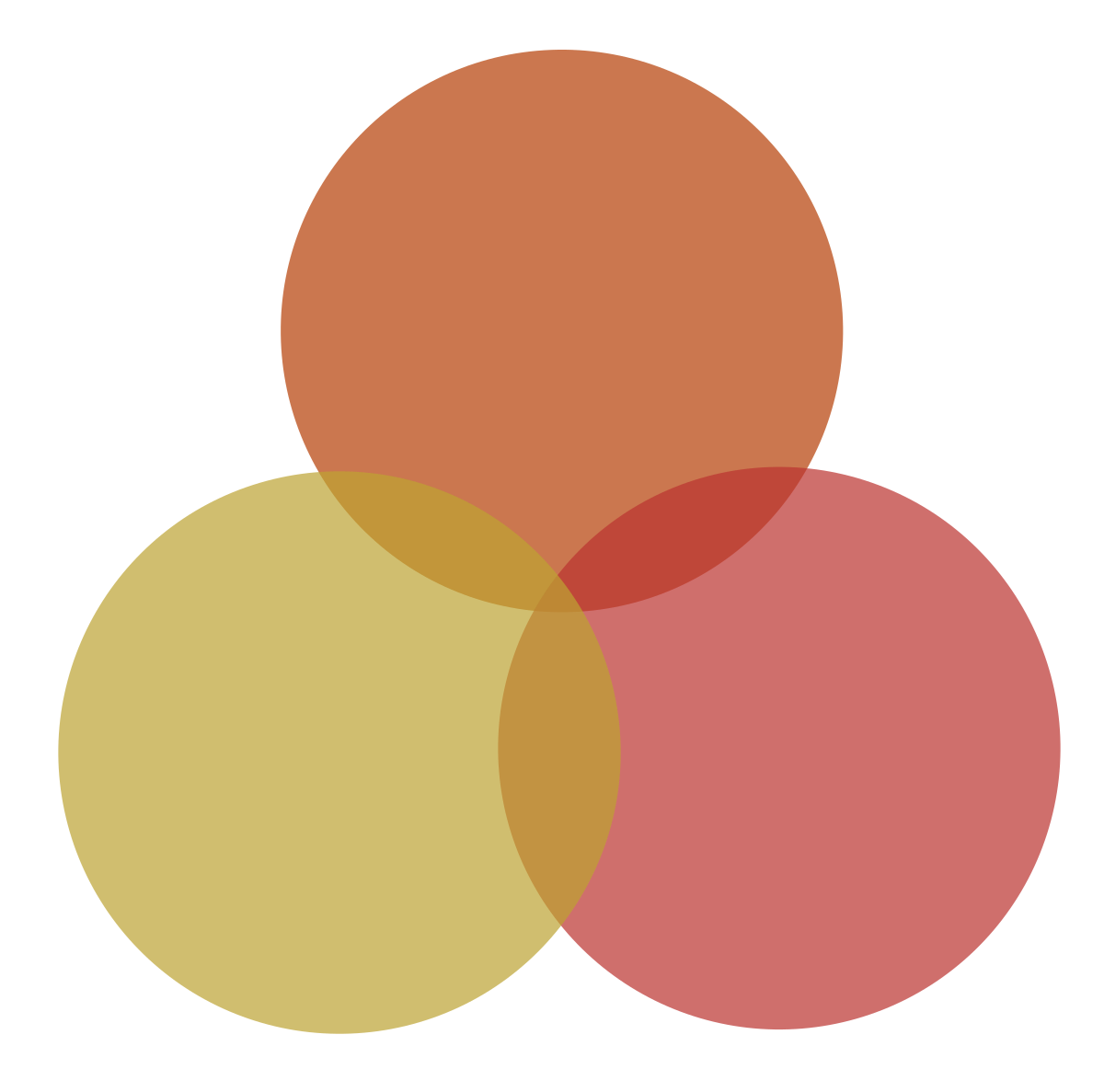

Deaf people don't
use Braille
This is a common misunderstanding. Braille is for blind people; Deaf people do not need braille in order to read. But they do need to know the written language, which they often do not understand well.

Lip reading is not a replacement for hearing
In fact, only about 30-40% of speech is visible on the lips. It is a bit like taking a paragraph and blacking out more than half of the words. You might be able to get the gist of what is being said, especially if you have context, fluency in the spoken language, and training. However, it is difficult for a Deaf person, even one who reads lips well, to follow what is being said in a group setting, or when a conversation suddenly switches topics.
Read
My
Lips

Complete statistics for deaf around the world don't exist
Statistics for the Deaf are incredibly difficult to find. This is largely because government censuses in many countries do not ask about the number of people who identify primarily with the Deaf community and use a sign language as their first (or heart) language. They may ask about hearing impairments, but that number will include other people who are not part of the Deaf community, like someone who may be hard of hearing (but not deaf) or lost their hearing later in life. National Deaf associations can tell you how many members they have, but many Deaf people do not join the national association.
The World Federation of the Deaf estimates the global Deaf population at 70 million, around 1% of the world’s people.
